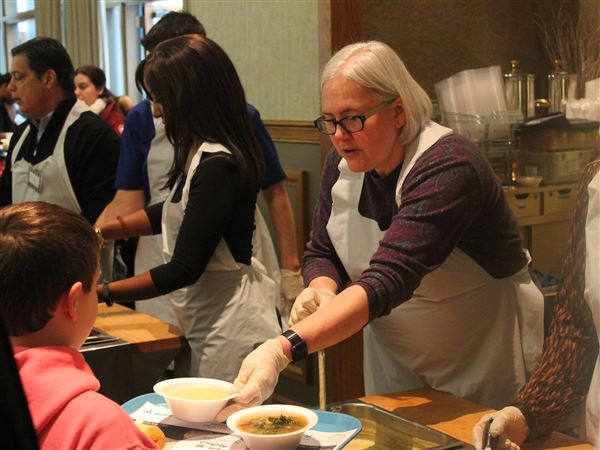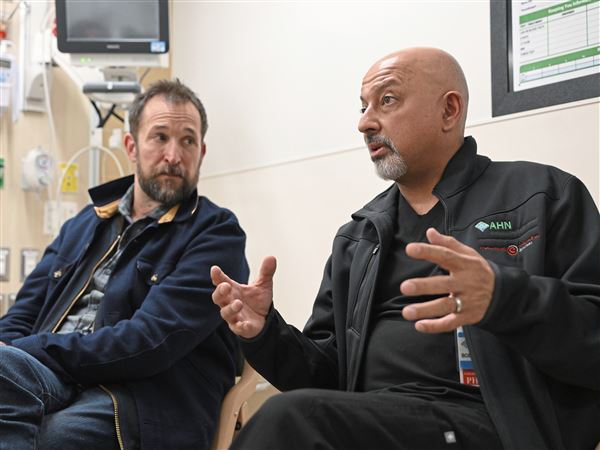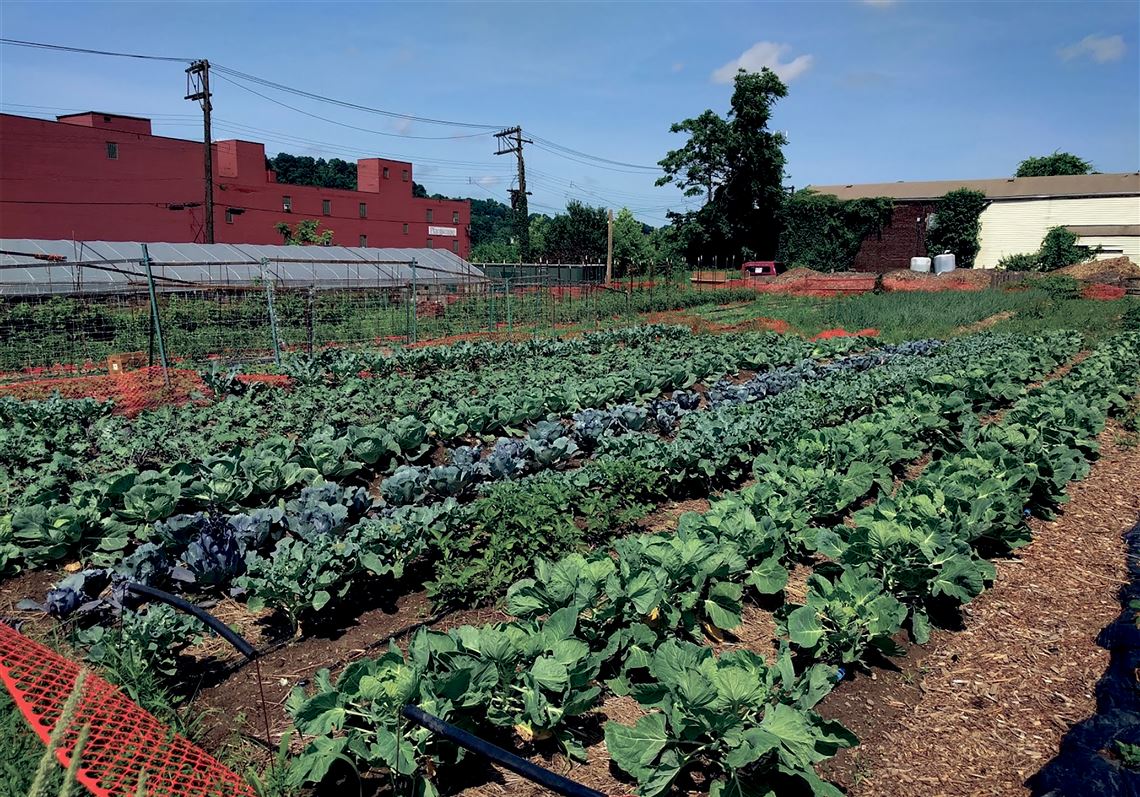There’s more than one way to bring the colors of nature to the gray steel and concrete of a cityscape. There are sidewalk trees and container plantings, community gardens and green roofs, expansive parks and mini-parks. And then there’s urban farming.
Agricultural use of land within the boundaries of a city or town offers the potential of beauty, nutrition, on-the-job training, and the mentally rejuvenating chance to dig in the dirt.
Pennsylvania has gotten behind the concept with a grant program through the Pennsylvania Farm Bill. The Urban Agriculture Infrastructure Grant Program will give $500,000 in seed money, so to speak, to budding urban farmers. Application can be made by individuals as well as organizations by Sept. 6.
Pittsburghers have recognized the value of urban farming. Hilltop Urban Farm in the neighborhood of St. Clair — the former St. Clair Village federal housing project — is among the largest urban farms in the U.S. and is growing both in scope and purpose.
This summer, Hilltop offered day camps for children for the first time, giving kids the chance to play and learn among raised vegetable beds and fruit trees, to experience first-hand the miracle combination of earth, sunshine and water. In the spring, some 200 fruit trees were planted at the farm that produces asparagus and greens, tomatoes and onions, okra and hazelnuts, and more.
And while the Hilltop farm may be the largest agricultural use of land within the city, Pittsburgh boasts other examples of urban farming. In fact, an up-close look will be offered to anyone interested during this year’s Pittsburgh Urban Farm Tour, which will be held on Saturday, Sept. 14.
Urban farming can reduce food deserts within poor communities and ease food insecurity; it can revitalize blighted tracts of land; it can be a mechanism for stormwater abatement; it can beautify; it can serve as a lab for learning the means of self-sustenance for both adults and children. All green thumbs should be pulled from pockets. Pennsylvania’s new grant program should be considered by civic groups and workers, businesses and entrepreneurs.
First Published: August 5, 2019, 10:30 a.m.















